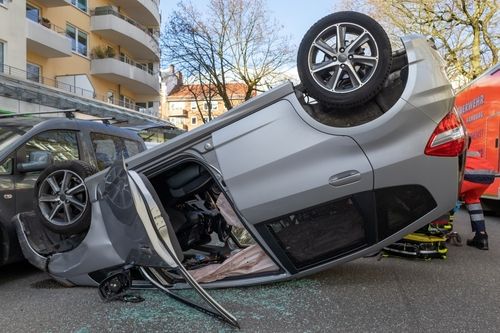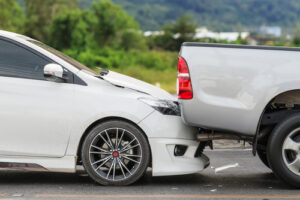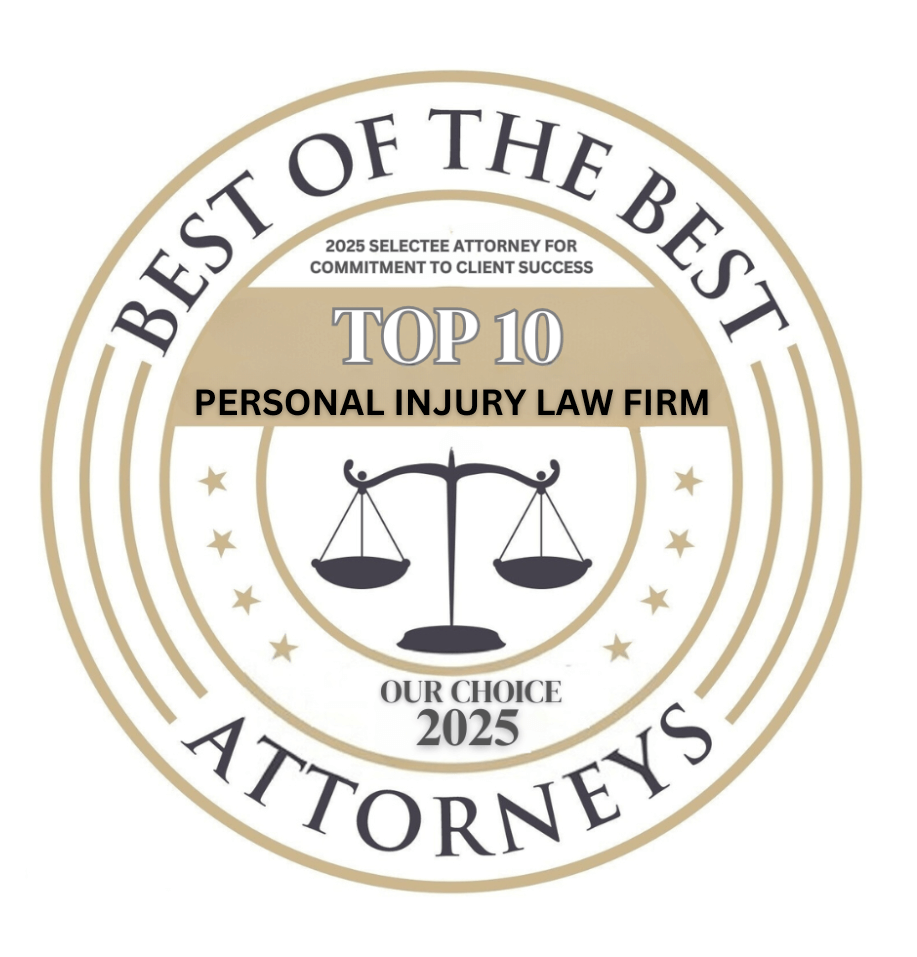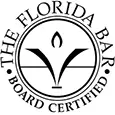
How Long Does It Take to Resolve a Multi-Vehicle Accident Case?
Multi-vehicle accidents—also known as pileups or chain-reaction crashes—can be far more complex than a typical two-car collision. These accidents often involve several drivers, passengers, insurance companies, and potentially even commercial vehicles. Because of the number of people and vehicles involved, determining fault and resolving claims can take significantly longer than standard personal injury cases.
If you’ve been injured in a multi-vehicle crash in Florida or Washington, you may be wondering how long the legal process will take. The truth is, there’s no universal timeline. Some claims are resolved in a matter of months, while others—especially those involving serious injuries or disputed liability—can stretch out over a year or more.
Several key factors affect how long it will take to resolve your case, including how many parties are involved, whether liability is clear, how long your medical treatment takes, and how willing insurance companies are to negotiate. Working with an experienced attorney can make a major difference in keeping your case moving while protecting your rights.
In this article, we’ll walk through what makes these cases unique, what delays are common, and what you can expect at each stage of the process.
Why Multi-Vehicle Accidents Take Longer to Resolve
Multi-vehicle collisions are inherently more complex than single or two-vehicle crashes. Instead of dealing with just one other driver and insurance policy, these cases often involve several drivers, multiple claims, conflicting stories, and overlapping damages. This makes it harder to quickly determine fault, which is the foundation for resolving any personal injury case.
In states like Florida, which follows a no-fault insurance system, injured drivers typically file claims with their own insurance companies first. However, serious injuries can push the case beyond personal injury protection (PIP) coverage, bringing liability into question.
In Washington, a comparative fault system applies, so multiple parties can share fault, and insurance companies may argue extensively about who’s most responsible.
This back-and-forth between insurance providers and injured parties can drag out negotiations. Additionally, there may be more property damage claims, bodily injury evaluations, and legal filings than in simpler crashes. The more vehicles and insurers involved, the more time it takes to collect statements, review crash reports, and conduct investigations.
If liability is unclear or disputed, insurers often delay payouts until more evidence is gathered or a settlement is reached. It’s not uncommon for these cases to last several months—or even longer—before reaching resolution.
Determining Liability in a Chain-Reaction Crash
One of the biggest roadblocks to settling a multi-vehicle accident case is identifying who was at fault—and to what extent. Unlike a rear-end crash involving two drivers, a chain-reaction collision involves a domino effect where several vehicles may have contributed to the incident.
Imagine a scenario where a car abruptly stops on I-5 in Seattle, and two or three cars behind it collide in quick succession. Was the first driver negligent? Did one of the rear drivers follow too closely? Or was there a distracted driver several cars back who set off the chain of events?
To answer these questions, investigators typically rely on a combination of police reports, dashcam footage, witness statements, and expert accident reconstruction. In Florida, the presence of dashcam evidence or red-light cameras can be crucial, especially on busy highways where multi-car crashes are more common.
Because fault can be split among several drivers, each insurance company will likely try to shift blame to reduce their financial liability. This can prolong the claim process significantly. Until liability is sorted out and agreed upon, it’s difficult for insurers to move forward with compensation for medical bills, property damage, or lost wages.
The Role of Insurance Companies in Slowing or Speeding Up Claims
Insurance providers play a central role in how quickly a multi-vehicle accident claim is resolved. In some cases, if liability is clear and damages are well-documented, insurers may move efficiently. But more often, insurance companies delay decisions—either to reduce payouts or because the claim itself is difficult to untangle.
In a Florida no-fault case, each driver’s PIP coverage should pay for initial medical treatment. But when injuries exceed the $10,000 PIP limit or involve permanent disability, claims move into third-party territory. At that point, you’re dealing with an entirely different process that depends on the at-fault driver’s insurer.
In Washington, where fault is more heavily debated, insurers frequently challenge injury severity, question medical treatments, or dispute causation—especially in chain-reaction crashes. If three or four drivers are each partially responsible, negotiations can take much longer.
Some insurers may also request independent medical exams (IMEs) or additional documentation to validate the injuries. Each time new documents are submitted, the clock essentially resets, drawing out the claim timeline even further.
This is where having an attorney can help. They can apply pressure, manage communications, and ensure that the insurance companies respond in a reasonable time frame rather than stalling indefinitely.
Medical Treatment and Maximum Medical Improvement (MMI)
Your recovery plays a big role in how long your case will take. One of the most important milestones is reaching what’s called maximum medical improvement (MMI). This means your condition has stabilized and is unlikely to improve further with treatment—even if you still have lingering pain or limitations.
Most injury attorneys prefer to wait until you reach MMI before negotiating a settlement. Why? Because once you settle, you can’t go back and ask for more compensation later. If your injuries turn out to be more serious than first thought, or if you need long-term care, those costs must be factored into your claim.
In a multi-vehicle accident, the severity of injuries can vary widely between passengers and drivers. Some may recover in weeks, while others face surgery, physical therapy, or chronic complications.
In Florida, you may start your claim under PIP coverage but later seek damages from an at-fault party once MMI is reached. In Washington, MMI may also be used to determine whether you qualify for non-economic damages, such as pain and suffering.
So while waiting for MMI may slow down the process, it also protects you from settling too soon and receiving less than you truly need.
Negotiation Timelines and Settlement Offers
Once you’ve finished medical treatment or reached MMI, the next step is the negotiation phase. This stage can vary in length depending on how cooperative the insurance companies are and how well-documented your claim is.
In straightforward cases, a settlement may be reached within a few weeks of submitting a demand letter.
However, in multi-vehicle accidents—especially those in high-traffic areas like Tampa or Seattle—there’s often extensive back-and-forth. Each insurance company involved may make low initial offers, hoping to minimize payouts or test your willingness to fight for more.
Your attorney will typically respond with a counteroffer, supplying medical records, wage loss documentation, and expert assessments to justify the requested compensation. This ping-pong process can last several months if insurers dispute liability, challenge treatment costs, or believe your injuries aren’t as serious as claimed.
Keep in mind: the length of negotiations doesn’t necessarily reflect the strength of your case. Sometimes, it’s a tactic to pressure you into settling. An experienced injury lawyer can guide you through this phase and help you stay patient. They’ll also help determine whether it’s best to keep negotiating or move forward with litigation if insurers continue to delay or deny fair compensation.
Litigation: When Settlement Talks Break Down
Sometimes, despite best efforts, negotiations fail. When that happens, your lawyer may file a lawsuit to pursue compensation through the court system. While most personal injury cases do settle before trial, filing suit adds another layer of complexity—and time.
In a Washington or Florida courtroom, multi-vehicle accident cases may involve pre-trial motions, discovery, depositions, and expert witness testimony. The discovery phase alone can take several months, as each party collects evidence, interviews witnesses, and prepares legal arguments.
Scheduling delays are also common, especially in busy jurisdictions like King County or Hillsborough County.
The decision to go to court often hinges on whether the insurance companies are offering a reasonable settlement. If their offers are far below what your damages warrant—or if they’re denying fault altogether—litigation might be your best option for full compensation.
It’s important to note that even after a lawsuit is filed, settlement can still occur at any point. Many cases are resolved shortly before trial. But if a full trial is necessary, you could be looking at a timeline of 12 to 24 months, depending on the court’s docket and the complexity of your injuries and the collision itself.
Common Injuries in Multi-Vehicle Accidents
The injuries that stem from multi-vehicle accidents can be severe, unpredictable, and often worse than those in typical two-car collisions. Multiple impacts, unpredictable forces, and vehicle angles mean that victims may suffer more than one type of trauma during the crash.
Some of the most common injuries include:
- Traumatic brain injuries (TBIs)
- Spinal cord damage
- Internal bleeding
- Broken bones
- Whiplash and soft tissue injuries
- Facial trauma from airbags or broken glass
These types of injuries often result in long recovery times, extensive medical care, and permanent limitations. Because of this, the stakes are higher when seeking compensation. Medical records alone may not capture the full scope of your suffering or future needs. That’s why it’s important to consult with an injury lawyer early on.
In both Seattle and Tampa, having legal guidance can help you pursue damages for pain and suffering, emotional distress, and loss of enjoyment of life in addition to medical costs and lost wages. 
When your injuries are serious, and liability is spread among multiple parties, an attorney’s role becomes critical—not only to handle paperwork but to fight for a full and fair resolution.
Call Boohoff Law for a Free Consultation
If you’ve been injured in a multi-vehicle accident, don’t try to navigate the process alone. Between the complex legal issues, multiple insurance companies, and the challenges of recovery, it helps to have an experienced legal team on your side.
Boohoff Law, P.A. has offices in both Seattle, Washington and Tampa, Florida, and serves injury victims across both states. Our team can help investigate the crash, identify who is liable, and build a case for the full compensation you’re entitled to.
We offer free consultations and don’t charge any fees unless we recover money for you.
Call (813) 445-8161 in Tampa, (813) 321-7878 in Brandon, (941) 888-0848 in North Port, or (877) 999-9999 in Seattle.
Frequently Asked Questions (FAQs)
How long does it typically take to resolve a multi-vehicle accident claim?
It depends on the complexity of the crash, the number of parties involved, and the severity of your injuries. Simple cases may resolve in a few months, while complex ones can take over a year.
Should I wait until I finish medical treatment to settle?
Yes. Most attorneys recommend waiting until you reach maximum medical improvement (MMI) so your claim accounts for the full scope of your recovery and future care needs.
What if more than one driver was at fault?
In multi-vehicle collisions, fault is often shared. Your lawyer will investigate and may pursue compensation from more than one party depending on state law.
Will I need to go to court?
Not always. Most claims are settled out of court, but if negotiations break down or insurers deny responsibility, litigation might be necessary.
Can I file a claim if I was partially at fault?
Yes. Florida follows a modified comparative fault system and Washington uses pure comparative negligence. You can still recover damages, but your compensation may be reduced based on your percentage of fault.











